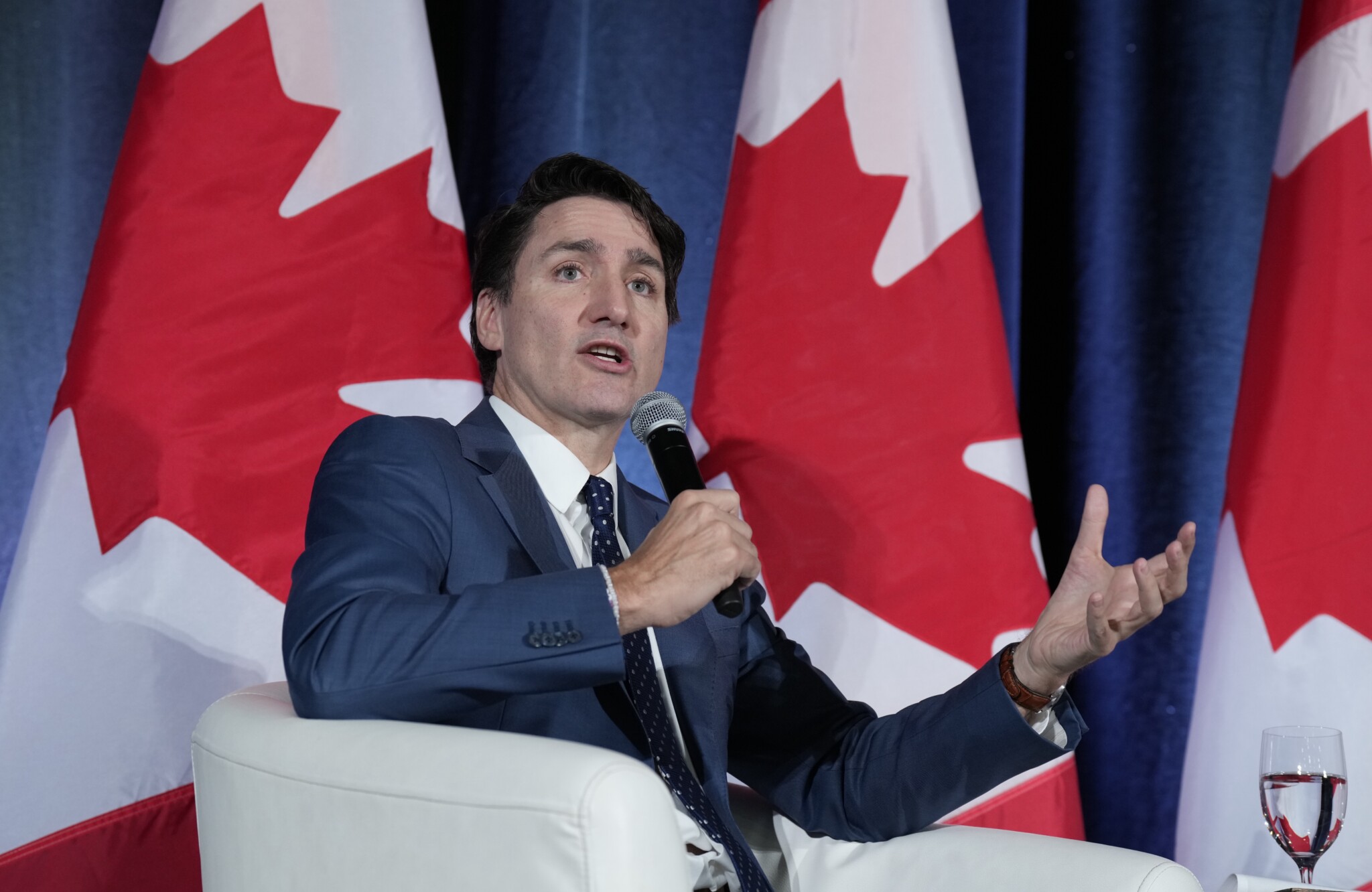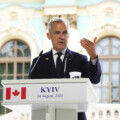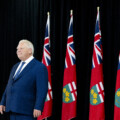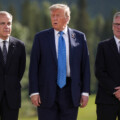Writing a historical account of a prime minister immediately after his resignation is fraught with problems. Historians know that distance from an event, and especially a person, is needed for the most successful assessments. And yet, the first draft of history, as newspapers were once called, and now digital publications can also claim to be, is a necessary part of establishing a narrative. Views may change, but the initial tracks must be laid down for future historians to contemplate.
So what does that mean for Justin Trudeau? He was a strong campaigner who won three consecutive elections, which is something. Though it must be said that only the 2015 victory was truly substantial. The other two were minority governments in which the Liberals lost the popular vote.
During his time in office, Trudeau dealt with big issues, one of which was of global, historic proportions. The COVID-19 pandemic in 2020 provided the greatest challenge to a Canadian government since the Second World War. Trudeau will earn plaudits in the history books for marshaling a quick response to assist people to stay home and to keep businesses and the economy from collapsing. He worked very hard on the file. But there was also considerable government waste and cronyism. Much of the detailed history of the period is yet to be written but the early consensus is that he handled it well. Trudeau’s approval rating during the early stages of the pandemic was among his highest as prime minister.
Trudeau’s climate change policy was ambitious. The problem of a warming planet will not be going away and history books will look kindly upon a prime minister who put the issue squarely on the agenda. There are major disagreements about the policy chosen to engage in the fight, but the perilous issue will still be around for decades to come. Trudeau, so far, has been the only PM to spend political capital on it.
The same can be said for Trudeau and his government’s handling of Indigenous relations. While he was not the first prime minister to make Indigenous issues a priority (that honour goes to Paul Martin who made it clear to his cabinet at its first meeting it was personally important to him), he put it front and centre when he told the chiefs of the Assembly of First Nations five weeks into office in 2015, “that no relationship is more important to me and to Canada than the one with First Nations, the Metis Nation, and Inuit Peoples.”
He promised to enact all of the 94 Calls to Action outlined in the 2015 Report of the Truth and Reconciliation Commission. It is worth noting that the prime minister accepted the report in person, something that Jean Chretien did not do for the report of the Royal Commission on Aboriginal Peoples, for example, in 1996.
The Trudeau government reduced boil water advisories significantly but was not able to completely eliminate them as promised. They spent billions of dollars settling court cases (though the most recent was voted down by First Nations). But the prime minister’s words were not always matched with conviction and action. That is why it was so disappointing when he spent the first National Day for Truth and Reconciliation on holiday in Tofino, B.C. He took his lumps. “But the actions of a prime minister always speak louder than his words,” wrote Chantal Hebert in the Toronto Star, “and in Trudeau’s case there was again a glaring gap between his oft-stated commitment to Indigenous reconciliation and his choices.”
Domestic issues, such as immigration, housing, and government finances, spiralled out of control during this period. It was too late before the Trudeau government acted to address these national problems. In the end, it was his own finance minister, Chrystia Freeland, who called out the lack of leadership when she wrote in her resignation letter that “Canadians know when we are working for them and they equally know when we are focused on ourselves.”

Prime Minister Justin Trudeau participates in an arm chair discussion in Ottawa, Thursday Nov. 28, 2024. Adrian Wyld/The Canadian Press.
This gets at a lot of what bugged Canadians about Trudeau and his government. They loved the poetry of governing a lot more than the prose. Settling a housing crisis takes hard work. Beefing up the military demands long-term planning and nose-to-the-grindstone leadership. Saying “Canada is back, my friends, and we’re here to help,” as the prime minister said in 2015 at the Paris climate summit, turned out to be not only the height of Trudeau government smugness but also just the beginning.
While Trudeau is mostly disliked as he prepares to leave the prime minister’s office, he is not alone among those who once occupied 24 Sussex Drive. Or at least when 24 Sussex Drive was home to the country’s prime ministers before a succession of them, including Trudeau, decided through their inaction to let the historic home slide into oblivion.
In December, Trudeau’s approval rating was down to 22 percent, the lowest point in his prime ministership. As low as that was, it was still about even with Stephen Harper’s lowest approval rating of 23 percent in 2013 and well above Brian Mulroney’s 12 percent in 1993, which was the lowest in the history of polling. In some respects, this may give the prime minister a glimmer of hope, given the accolades bestowed on Mulroney last year at the time of his death. It is true that the current antipathy for the prime minister can cloud judgments.
But there are remarkable similarities between Trudeau and Mulroney. Both had ambitious but controversial policy initiatives. Both had larger-than-life personalities and sucked up a lot of oxygen in the political atmosphere. It was oxygen that each craved (despite the fact that Trudeau is purported to be an introvert). Hubris was a word often attached to both prime ministers. In the end, however, their affect grated on the nerves of Canadians to the point where they tuned out both of them and anything each prime minister touched was automatically dead on arrival.
Mulroney and Trudeau were also forced to resign in the face of overwhelming evidence of their unpopularity. But tellingly, both thought they could win the next election.
The Globe and Mail editorial after the announcement of Mulroney’s resignation 31 years ago in February 1993 could very well be written about Trudeau’s:
After almost nine years as Prime Minister, the person of Brian Mulroney has become too negative and obscuring a factor in Canadian politics. Canadians need to face the choices before them this election year undistracted by the most unpopular prime minister since polls have tracked such ephemeral things.
Mulroney admitted in his memoirs that he knew he had become toxic. Perhaps Trudeau will admit to the same. And here’s a question while on the topic of these two. How much did Mila Mulroney help her husband see the truth of times in 1993? How much of Trudeau’s inability to see it was due to his lack of a life-long partner following their separation, the kind of person who speaks with candour about the road ahead?
There is something in recent history about the unpopularity of prime ministers. After about a decade in office, Canadians have pretty much had enough. Harper was disliked by many in 2015. Before him, when Chretien was forced from office by his own party, it was partly because his time was up. “He stayed long past the time he should have gone,” wrote the Globe in its editorial upon his departure in 2003.
There is certainly a lesson there for future prime ministers: if you want to go out on top, try leaving a little earlier.
But being prime minister must just be too good a gig to walk away from. “It’s not a perfect job,” the current prime minister’s father said in 1975, somewhat flippantly, “but it sure beats working.” The job is so wonderful that many prime ministers stay too long, much to the detriment of party and country.










